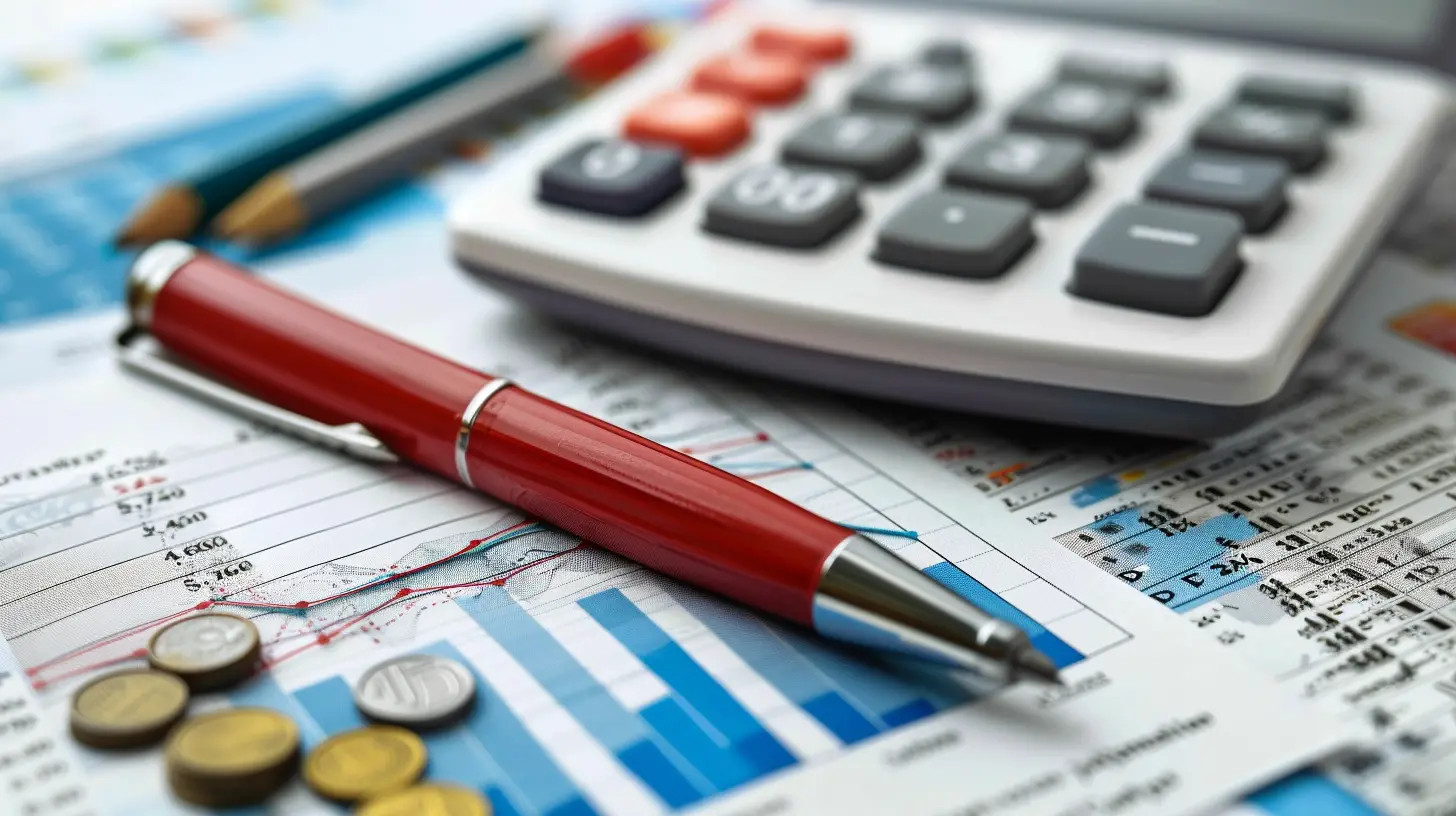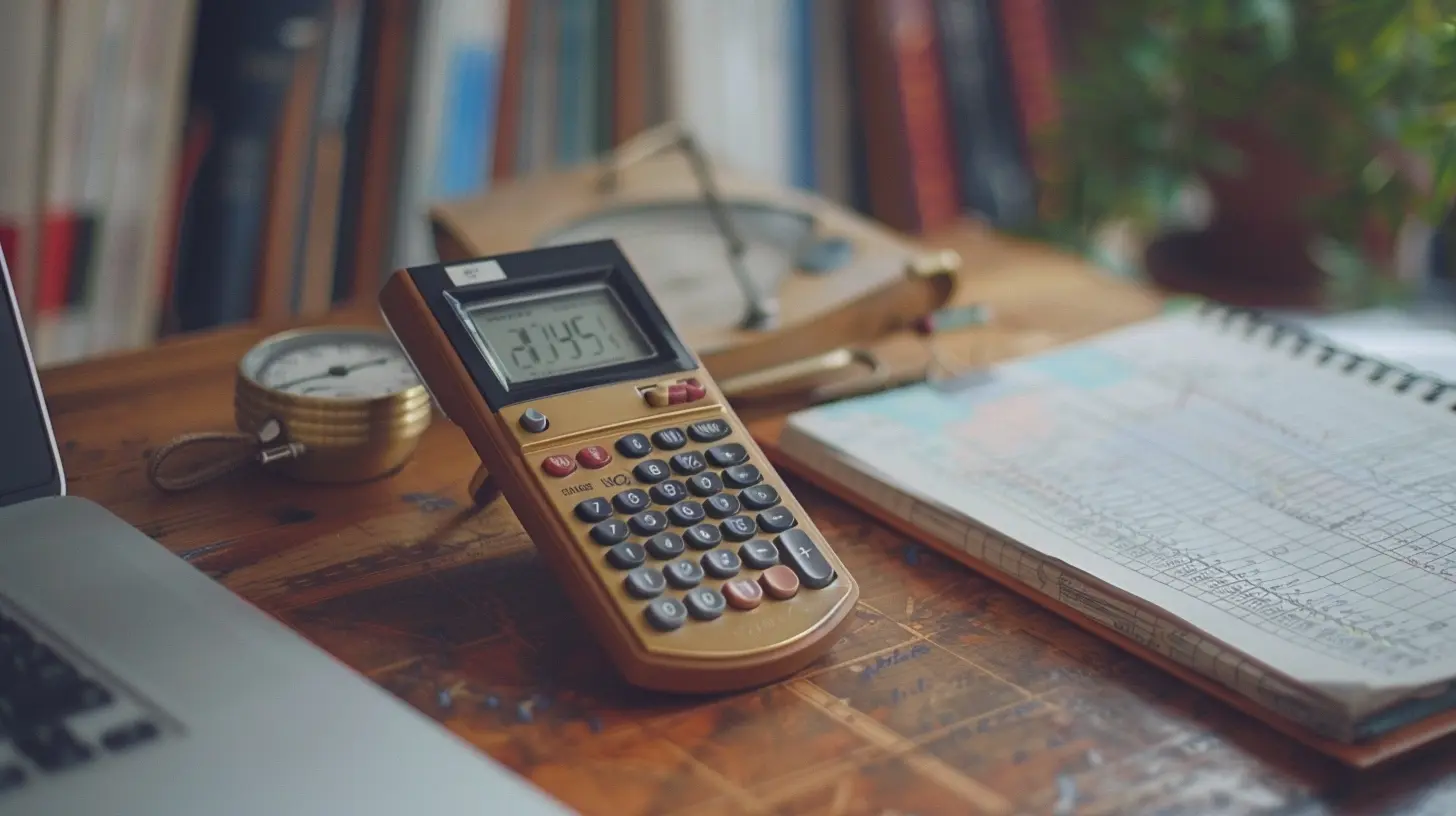How Long Will Your Emergency Fund Last? Tools to Calculate
27 June 2025
Let’s get real for a second—life happens. Whether it’s losing your job, facing a medical emergency, or your car breaking down at the worst possible moment, unexpected expenses are part of being an adult. That’s why having an emergency fund isn’t just a good idea—it’s essential. But here’s the million-dollar question: how long will your emergency fund actually last when you need it the most?
If you’ve ever laid in bed wondering whether your rainy-day savings will carry you through a storm, you’re not alone. In this post, we’ll break down exactly how to calculate your emergency fund’s lifespan, and give you some tools so you’re not left guessing.
What Is an Emergency Fund, Really?
An emergency fund is your financial safety net. It’s that stash of cash you set aside exclusively for unpredictable situations—think job loss, illness, home repair, or surprise vet bills. It’s not for vacations or shiny new gadgets. This fund keeps you afloat when the unexpected comes knocking.Most financial experts recommend having three to six months’ worth of living expenses saved up. But let’s be honest—living expenses vary wildly from person to person. That’s why a personalized approach to calculating how long your emergency fund will last is the smart move.
Why You Absolutely Need to Know Its Duration
Imagine you’ve just lost your job. You're scrambling to rework your budget, applying for unemployment, maybe even job hunting like it's your full-time gig. The last thing you want to worry about is whether your emergency fund will run dry before your next paycheck.Knowing how long your funds will last isn’t just comforting—it’s empowering. It helps you:
- Plan how long you’ve got before you need income again
- Decide how aggressively to cut back on expenses
- Avoid panic-driven financial decisions
- Stay in control during uncertain times
So let’s talk about how to figure that number out.
The Simple Formula to Estimate Your Emergency Fund Duration
You don’t need a finance degree or fancy calculator. Just a little math and some honest budgeting.Here’s the basic formula:
> Emergency Fund Duration (in months) = Total Emergency Fund / Monthly Essential Expenses
Let’s say you have $9,000 in savings, and your essential monthly expenses total $3,000. Your emergency fund will last:
> $9,000 ÷ $3,000 = 3 months
Sounds simple, right? But the trick is knowing what counts as “essential expenses” and keeping that number as accurate as possible.
What Are Essential Expenses?
Don’t count everything under the sun. Remember, this is about what you need to survive—not thrive—during tough times. Here's what typically qualifies:- Rent or mortgage
- Utilities (electric, water, gas, internet)
- Groceries (not dining out)
- Insurance (health, car, home)
- Transportation (gas, public transit, car payment if you must)
- Minimum debt payments (credit cards, loans)
- Medical needs
Now’s the time to trim the fat. Streaming services, takeout, gym memberships? Those can wait.
Tools to Help You Calculate Accurately
Math is cool and all, but who says we can’t make it easier with a few digital tools? Here are some handy resources to crunch the numbers for you.1. Emergency Fund Calculator (NerdWallet, Bankrate, etc.)
These calculators let you plug in your income, expenses, and savings. Within seconds, you’ll get a clear picture of how long your safety net will stretch. Super handy if you hate spreadsheets or want a quick estimate.2. Budgeting Apps (Mint, YNAB, EveryDollar)
Budgeting apps are great at tracking your real-world expenses. They often categorize your spending, making it easier to pinpoint what’s “essential.” Once you know your monthly spending baseline, just divide your savings by that number.3. Google Sheets or Excel
If you’re a little more hands-on and want a custom solution, good ol’ spreadsheets work wonders. You can create a monthly budget, track your spending, and adjust as needed. Use formulas to automatically calculate how long your funds will last under different scenarios.Adjust for Variables: It’s Not All Black and White
Here’s where things get a bit more nuanced. Your emergency fund might last longer or shorter depending on a few things:- Did you cut out non-essential spending immediately? (Netflix and Starbucks, I’m looking at you.)
- Are you receiving any form of income? (Severance pay, unemployment, side gigs?)
- Do you share expenses with a partner or roommate?
- Do big irregular expenses like insurance premiums sneak up?
It’s also smart to plan for different scenarios:
- Best-case: You land a job in 2 months
- Realistic-case: Employment in 3–4 months, minor expense hiccups
- Worst-case: No income for 6+ months, major unexpected bills
Run the numbers for each. Think of it like a stress test for your wallet.
How to Stretch Your Emergency Fund Further (If Needed)
If your emergency fund isn’t as beefy as you’d like, don’t panic. There are plenty of ways to make it go further.Cut Out Non-Essentials Immediately
The day you dip into your emergency fund, start trimming. Every dollar you don’t spend buys you time. Cancel subscriptions, pause takeout, and put a tight lid on online shopping.Negotiate Bills
Call your service providers to ask about hardship options, payment plans, or even deferments. You’d be surprised how flexible companies can be when you're upfront.Look for Temporary Work
Even a part-time gig, freelancing, or odd jobs can help lighten the load. Every extra dollar of income is a dollar you don’t have to pull from savings.Tap Into Community Resources
Food banks, utility assistance, and local charities are there for a reason. Don't let pride stop you from using resources meant to help you stay afloat.Consider Minimal Strategic Use of Credit
Only as a last resort. If you’re nearing the end of your emergency fund and still job-hunting, a low-interest credit option might help—but treat it like walking on financial thin ice.When to Rebuild After a Withdrawal
So you used your emergency fund. Now what?First off—good job. That’s what it was there for. But don’t let it stay empty. Once your income stabilizes, it’s time to rebuild so you’re ready for the next hiccup (because there will be a next time—Murphy’s Law, right?).
Start by setting a monthly savings goal. Even if it's just $100 a month, consistency is key. Automate it. Treat it like a fixed expense. You can also toss any windfalls in there—think tax refunds, bonuses, or side hustle profits.
Common Mistakes to Avoid
Let’s steer clear of a few potholes on the road to emergency fund confidence:❌ Overestimating your fund's power. Just because $10,000 sounds like a lot doesn’t mean it’s enough for your lifestyle.
❌ Not adjusting for inflation or rising expenses. If your living costs have gone up, so should your emergency savings.
❌ Dipping into it for non-emergencies. A new couch or vacation doesn’t count.
❌ Ignoring small but recurring expenses. Those $10 monthly charges add up and can drain your fund faster than you think.
Final Thoughts: Be Proactive, Not Reactive
Knowing how long your emergency fund will last isn’t just a nice-to-know—it’s a need-to-know. It’s your financial oxygen mask. Before helping others or making big decisions, make sure yours is securely fastened.Pull out the calculator, open up that budgeting app, and run the numbers. Don’t wait until you’re drowning in stress to realize your emergency fund won’t keep you afloat.
And hey, even if your cushion isn’t as plush as you'd like, that’s okay. Starting with something is always better than nothing. Build it brick by brick. Know your number. And when life throws chaos your way, you’ll stand firm—wallet in hand, plan in place, and panic-free.
all images in this post were generated using AI tools
Category:
Emergency FundAuthor:

Audrey Bellamy
Discussion
rate this article
2 comments
Wynter Ross
This article provides valuable insights into managing your emergency fund effectively. The calculation tools highlighted will empower readers to gauge their financial readiness in times of unexpected expenses. Highly recommended!
November 15, 2025 at 1:34 PM
Ian Heath
This article provides essential tools for accurately assessing your emergency fund's longevity, ensuring you’re well-prepared for unexpected expenses. A must-read for financial planning!
July 3, 2025 at 3:57 AM

Audrey Bellamy
Thank you for your feedback! I'm glad you found the article helpful for financial preparedness.


